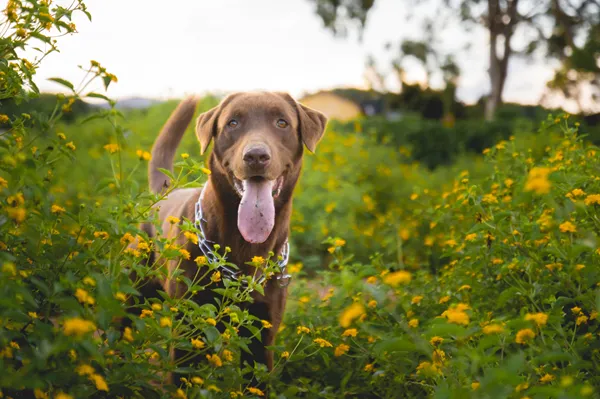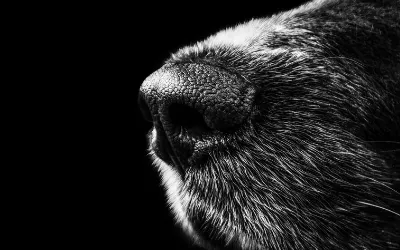Genetic (DNA) Testing

Genetic (DNA) testing is readily available, whether you are using it for fun to find out what breeds your pet is made up of or if you are looking into possible medical conditions. DNA samples can be collected either from a cheek swab or a blood draw. Knowing which breeds your pet is made up of can help you and your veterinarian prevent or prepare for health issues in the future.
Factors to Consider in Pet Selection – Dogs

Dogs can be amazing family members and greatly enrich our lives! Adding a dog to the family is also a serious commitment, and research before choosing a dog will help set the family and the dog up for success. This handout goes over some factors to consider when selecting a dog.
Do Dogs See Color?

Dogs are not completely color blind, as they can see yellow and blue, as well as shades of gray. Their eye structure allows them to see better in dim light compared to people. Near-sightedness is common among dogs.
Do Dogs Recognize Facial Expressions?

The simple answer to a complicated, much researched question is, yes! Dogs do recognize our facial expressions which makes them wonderful family members.
Color Dilution Alopecia in Dogs

Color dilution alopecia is an autosomal recessive genetic disorder that affects dogs with dilute-colored coats causing hair loss. Some dogs will also be affected by secondary bacterial infections so topical management and pruritus treatments may be needed to improve the dog’s comfort. Affected dogs and their relatives should not be bred.
Collie Eye Anomaly

Collie Eye Anomaly (CEA) is a genetic mutation affecting many breeds that causes developmental defects in the eye that can lead to vision deficits or blindness. This defect can be diagnosed by a veterinary ophthalmologist between 6 and 8 weeks of age by visualizing spots of choroidal hypoplasia or a colobomas . It can be associated with microphthalmia or enophthalmia. It can lead to retinal detachment and blindness. Although laser repair of partial retinal detachments can be attempted if detected in early stages, there is generally no treatment for CEA. Vision varies depending on the extent of the lesions and some dogs will become blind. Prevention requires not breeding animals that carry the mutation and this can be achieved through genetic testing of breeding dogs.
Why Punishment Should be Avoided

Punishment is not recommended as a training or behavior management tool for pets. It can cause fear, frustration, and even aggression. Using punishment can seriously damage a pet’s relationship with people. Training should focus on teaching desirable behaviors rather than on simply stopping undesirable ones. When pets exhibit undesirable behaviors, it is important to determine and address the underlying reason for the behavior.
Why Dogs Turn Around Before Lying Down

Turning around before bedtime has its origin mostly in evolutionary history where dog ancestors were practicing these habits for health or protection. These innate habits remain in their genetic code to this day, but if your dog is seeming to be doing it excessively, it could be a sign of underlying medical problems, such as arthritis or neurological disorders. Contact your veterinarian if your dog appears to have difficulty settling down.
Why Dogs Tilt Their Heads

Dogs tilting their heads is a functional necessity for them to be able to both see and hear better than when looking straight ahead. Different breeds may act differently based on ear and face shape. Sometimes a head tilt may be a sign of a medical problem especially if persistent or not associated with a given audible cue. If your dog cocks his head when there is no auditory stimulation, take him to see your veterinarian.
Why Dogs Sniff Rear Ends

A dog’s ability to smell is far more advanced than ours. The Jacobson’s organ located inside the nasal cavity, opens into the roof of the mouth behind the upper incisors, and serves as a secondary olfactory system designed for chemical communication related to mating. Dogs use their keen sense of smell, along with a visual assessment, to provide vital information about a new canine acquaintance. The way dogs sniff rear ends can establish which of two dogs is dominant and set the foundation of their relationship. Dogs also have a good scent memory that can identify other dogs they have not seen for years.

